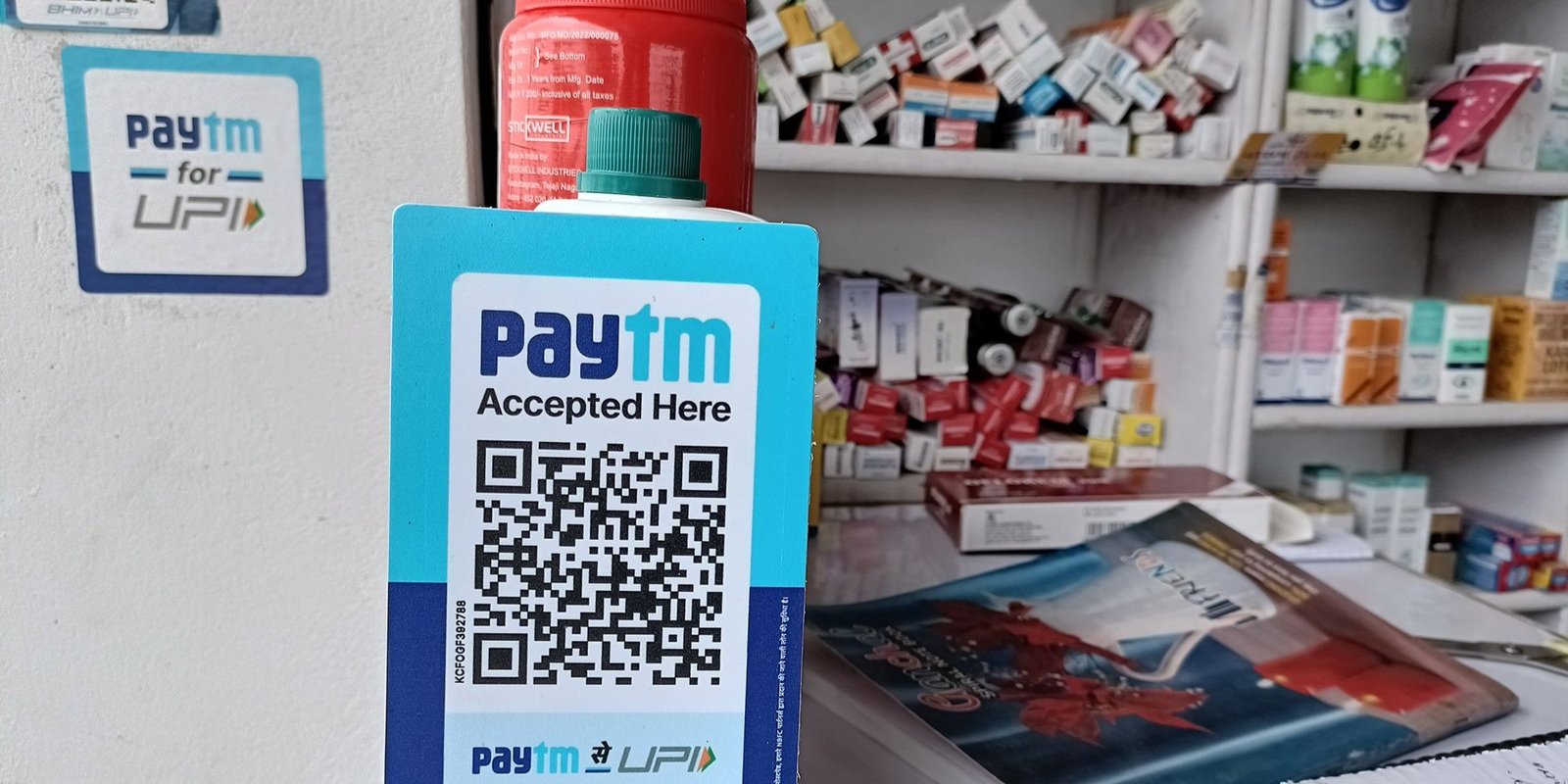[ad_1]
Fintech firm One97 Communications, which owns Paytm brand, sees no impact of lower incentives earmarked by the government in the Budget for promoting small ticket digital transactions, a top official of the company said.
Speaking on the sidelines of launching “Card NFC Soundbox” machine, Paytm CEO Vijay Shekhar Sharma denied any impact of lower allocation of incentives to promote small ticket digital transactions on his guidance over profitability this fiscal year.
“We remain committed to doing the same (achieve a profitable quarter in this fiscal) because we already said without UPI incentive,” Sharma said.
The government has lowered incentive allocation for Rupay and UPI transactions by about 42 per cent in the budget.
Sharma during the company’s earning call had given guidance to achieve a profitable quarter during the current fiscal.
“My team and I are also committed to making sure that we go back to profitable quarters very, very soon. We are hoping and working on making sure that we deliver at least one profitable quarter in this financial year as soon as we are able to see a lot more clarity coming our way,” Sharma had said.
Paytm had reported a widening loss to Rs 840 crore in the quarter ended June 30, 2024. The company had posted a loss of Rs 358.4 crore in the same period a year ago.
Consolidated revenue declined 33.48% to Rs 1,639.1 crore during the quarter, from Rs 2,464.2 crore in the same period a year ago.
While discussing Paytm’s Card NFC Soundbox, which clubs card-based payment along with QR code-based payments, Sharma said the new device covers a very niche segment and is in line with the company’s intent to cover every use case in the payment segment.
Sharma said the new device will also be available at the same rental of Rs 150 as old devices and merchants can ask for an upgrade of their existing device without paying any extra amount.
The company had reported to have over 1 crore merchants using soundbox machines. The new device will come with a payment cap of Rs 5,000 per transaction. Sharma also shared that the company is working on dynamic QR code technology which will generate different QR codes for different payments.
[ad_2]
Source link





